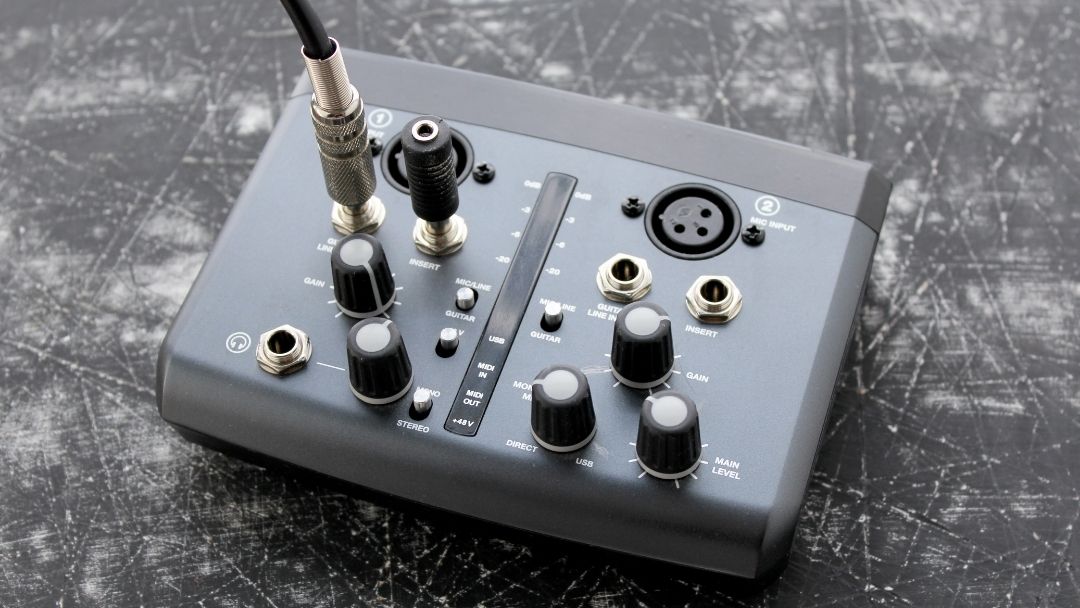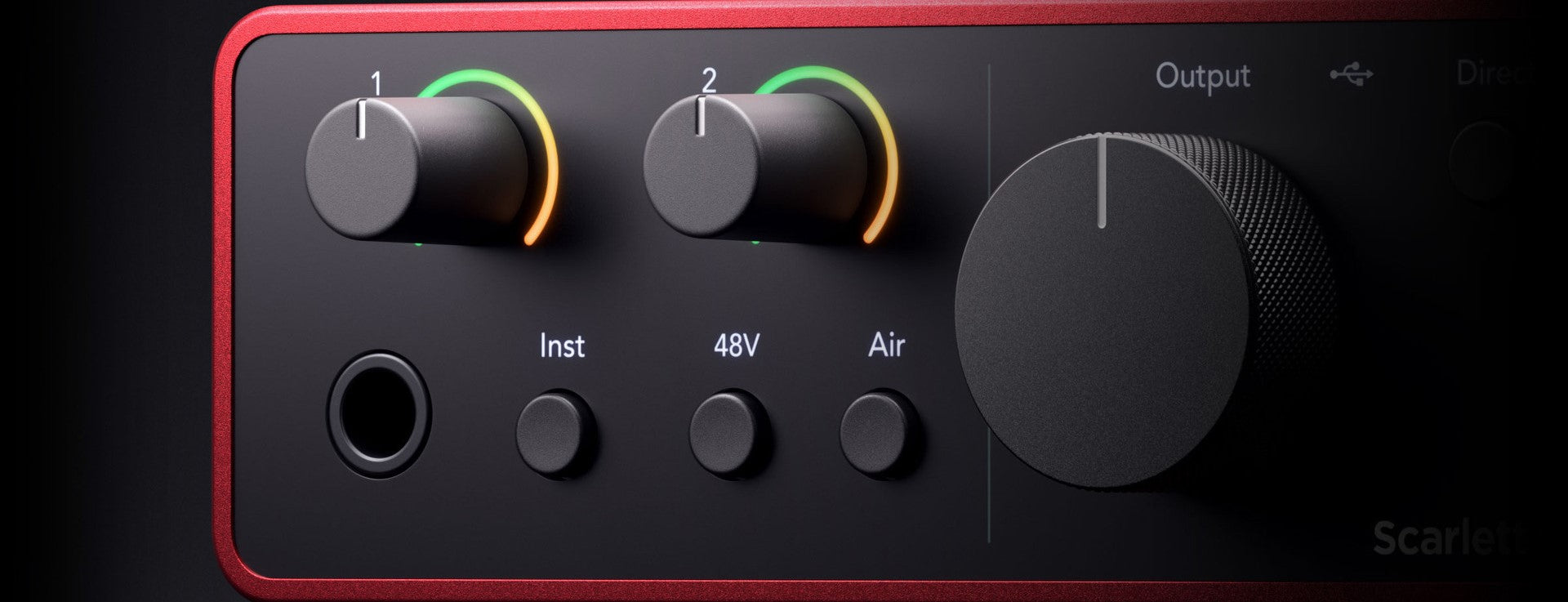Audio Interfaces: What They Are and When You’ll Need One
It is imperative that any aspiring musician with dreams of recording their work understands how to connect their instruments to a computer through an audio interface device. This skill will determine many things, including the sound quality of any demos they create. Here is a guide for musicians interested in learning about audio interfaces, including what they are and when you’ll need one.
Understanding Audio Interfaces
An audio interface is a device that allows you to connect your instruments and microphones to your computer. This connection enables you to record your performance and produce the work after the fact. This device takes the analog noise produced by your instrument and converts it, so the computer recognizes it and can convert it into the data needed to record and store it digitally. These devices have sparked an explosion in popularity for DIY home recordings of songs and albums.
Benefits of Digital
There are three very important reasons why many musicians and producers prefer to use audio interface equipment: size, money, and ease of use. The size is preferable because it allows the musician or band to set up the equipment almost anywhere, whereas older analog soundboards were not known for their mobility. These devices are also less expensive than older equipment, creating a lower entry cost for anybody new to the skill. These devices and their interfacing capabilities with your computer are also much simpler than trying to connect and calibrate instruments with other types of professional audio recording equipment.
Number of Connections
One of the most important decisions you will make when buying an audio interface is the number of connections you need. While this generally comes down to the type of music you perform, there are some benefits to being selective when choosing your device.
Inputs
The inputs on the audio interface are what your instruments and microphones plug into when recording. Generally, you want to have at least two audio inputs, regardless of the style of music you play. In comparison, bands and film scorers should always look for an interface that has at least eight inputs and is expandable, while DJs and producers should have four or more when possible. Even soloists and singer/songwriters need at least two inputs for their instrument and the microphone.
Outputs
One of the most common configurations for an audio interface features two outputs: one for the left side of your computer monitor speakers and one for the right. Other times, the product you buy will have the same number of outputs and inputs. When it comes to outputs, remember that the more instruments going in, the more you want to go out. DJs and producers often require specific audio interface devices that have dual stereo outputs: one for the main speakers and the other to allow the performer to monitor the audio on headphones.
Computer Connectivity
One of the essential things your audio interface will be doing is connecting with your computer. Both the audio interface device and the computer dictate the process used during the transfer. Here is more information on the three most common methods for transferring sound data.
USB
USB connections from all generations (1.1, 2.0, and 3.0) are commonly used by computers from nearly every manufacturer the world over. The most significant advantage of using a USB connection is that many devices can run solely from the power produced through the connecter. This makes it ideal for recording on the go through your laptop.
Firewire
Another option for connecting your audio interface to your computer is through a Firewire cable. These cables offer a more consistent transfer rate than USB, making them more reliable for perfectly capturing the performance. The biggest downside to Firewire is the lack of support among many in the computer community. Many modern PCs require the installation of a Firewire card to provide the necessary input.
Thunderbolt
The current standard to which you compare all data transfer is Thunderbolt. These cables offer better speed and reduced latency, delivering eight times the transfer capabilities as USB 3.0. Thunderbolt connections are growing in popularity and adaptation among many in the PC community.
Features
There are several features that may be necessary depending upon the audio you are recording. These are just some of the features you should keep an eye out for when making your decision.
Phantom Power
Many different microphones require a low flow of electricity to operate. Phantom power draws directly from the device the microphone is plugged into, supplying it with electricity. There is a switch on many audio interfaces that allows you to prevent this type of power from being generated.
Direct Monitoring
Latency is a problem many musicians experience when performing live and recording. Latency is the processing delay between striking a chord (playing the instrument) and converting that noise into data before recording and feeding it back through the speakers (hearing the sound). Direct Monitoring allows a direct connection for the musicians with near-zero latency. This makes playing and performing in time much less complicated.
MIDI Compatibility
Many instruments use MIDI to send and receive information, including keyboards and synthesizers. You can find this connection on many different audio interfaces and instruments, but computers are another story. As with Firewire connections, MIDI is not commonly found on store-bought PCs and requires installing a card to enable compatibility.
When To Buy One
One of the most important things about understanding audio interfaces, what they are, and when you’ll need one, is learning the right time to purchase your first interface or upgrade the one you have. The simple answer to that question is any time you are ready to begin recording or performing live. Both of these activities include production work that requires a computer.
For more expert advice on all things music, check out the professionals at Yandas Music. Our team of experts has the experience to handle all facets of music production and performance questions. This means being able to pass along our knowledge to our customers about everything ranging from instruments to recording equipment.





1 comment
It is a real pleasure to see a music store that offers some on-line technical support. For retired baby boomers like myself, who regret going out and getting a hair cut and a real job, trying to enjoy making music again can be as frustrating as realizing that had we kept our vintage instruments in a closet next to our comic books, we could have retired extremely wealthy.
Thanks for your help and I hope you continue posting and updating very helpful info.